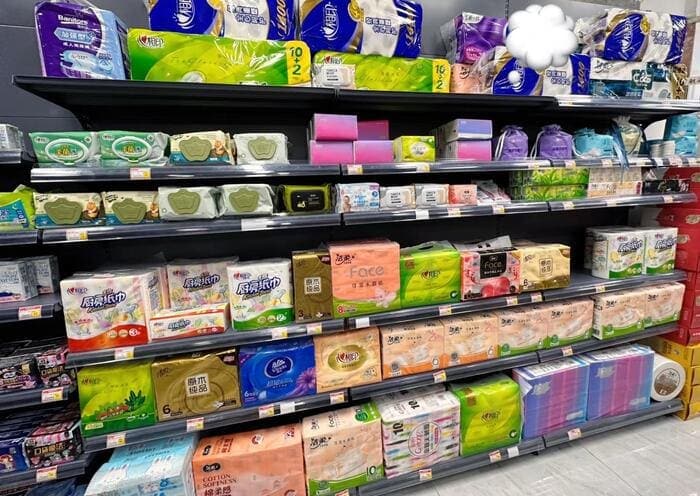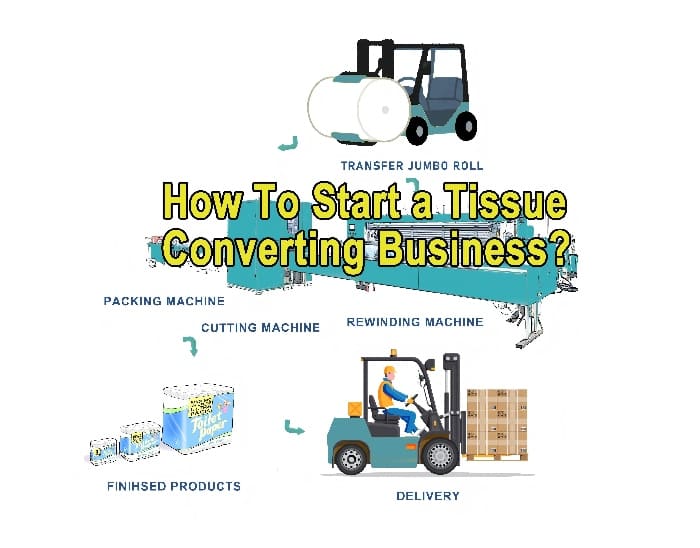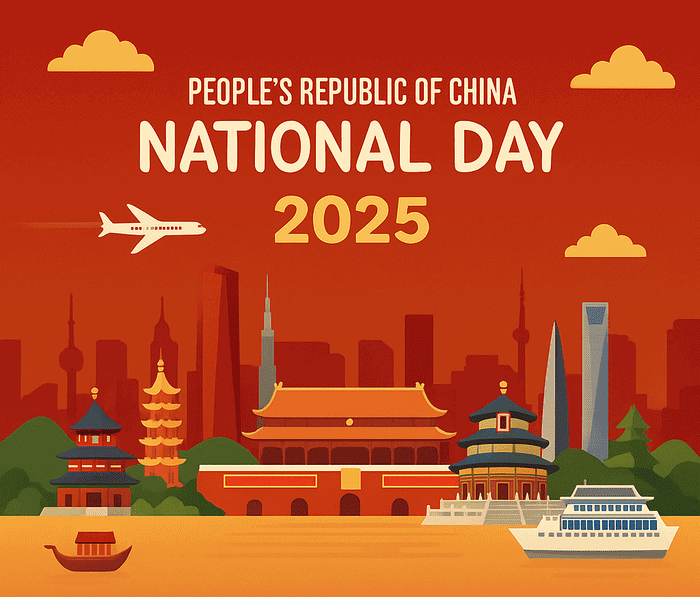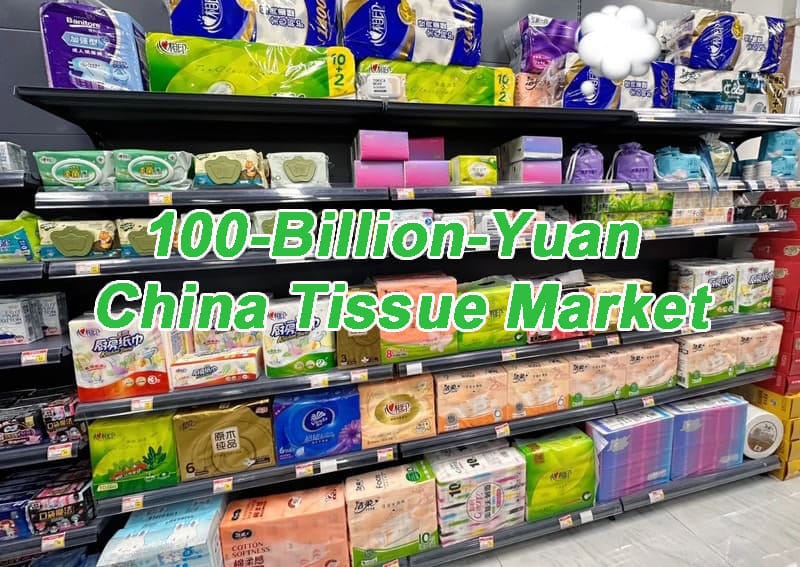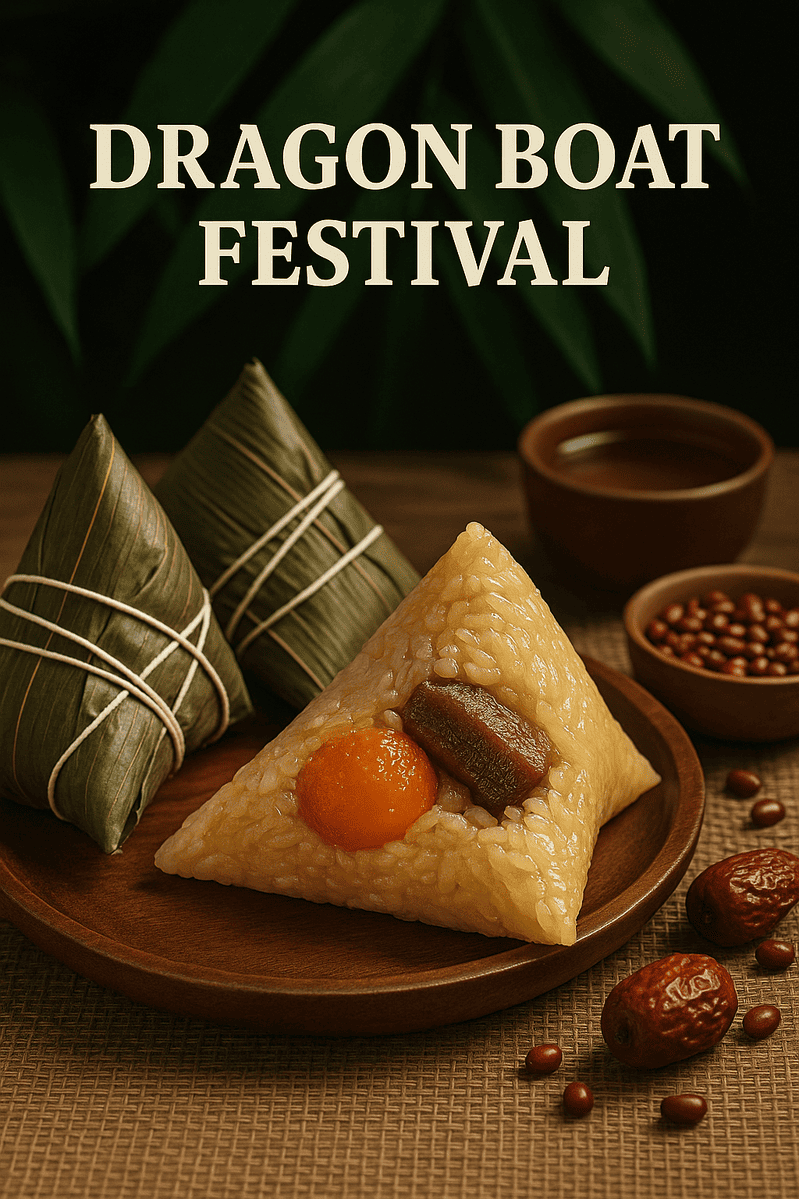How to Conduct Consumer Market Research and Establish Tissue Paper Production Standards?

1. Setting Research Objectives
Clarify the goals of your research to align with market needs and production capabilities.
For the tissue paper market, it’s crucial to delve into:
Current market demand and growth trends: Analyze industry reports, sales data, and economic forecasts. For example, a country like Brazil may show rising demand for kitchen towels due to increased home cooking trends, while in countries with larger populations like India, high demand for bulk toilet paper might be observed.
- Consumer preference shifts: Pay close attention to evolving consumer preferences. For instance, European markets may lean towards biodegradable products, while Middle Eastern consumers may prefer softer tissues for cultural reasons.
- Competitive analysis: Identify strengths and weaknesses of key competitors. Take brands like Kleenex, which prioritize premium quality, and compare their market share to local brands offering affordability.
- Environmental impact: Increasingly, consumers are factoring in sustainability. The eco-friendly shift can be seen in Scandinavian countries, where consumers prefer tissue made from recycled or bamboo pulp. Understanding how these factors influence purchasing behavior helps in fine-tuning your product offerings.

2. Consumer Demand Analysis
Understanding consumer demand isn’t just about gathering general data. You need to look deeper into specific segments and lifestyle contexts.
2.1 Lifestyle Habits
2.1.1 Regional Climate Differences
- Humid Regions: In countries like Malaysia or Indonesia, the climate is hot and humid year-round. People living in these regions might prioritize tissue paper that is durable and has high absorbency to help manage sweat and humidity. Wet wipes or tissues that can withstand moisture without tearing are especially favored for both personal hygiene and household cleaning.
- Dry Regions: In contrast, places like the Middle East or Northern China, which are more arid, would see consumers gravitating towards moisturizing tissues or soft paper products to combat the dryness. Tissue with added aloe or moisturizing ingredients can help reduce skin irritation from frequent use.
2.1.2 Family Structure and Lifestyle
- Large Families: In countries like Mexico or Nigeria, extended families often live together, meaning tissue consumption is higher. Bulk packages, often promoted as “family packs,” offer convenience and value for money, making them a preferred option.
- Urban vs. Rural Lifestyles: Fast-paced urban areas like Tokyo or New York see consumers favoring compact, travel-friendly tissue packs that fit into handbags or pockets. These are used on-the-go, whether in public transit or during daily commutes. In contrast, more rural or family-oriented consumers may prefer larger, more durable tissue packs for household use.
2.1.3 Cultural Customs
- Festivals & Celebrations: During festivals like Chinese New Year, decorative tissues with red or gold accents may be used in households or gifted as part of festive packages. Tissue products with intricate packaging may appeal more during such times. In Western cultures, brands sometimes launch limited-edition designs around Christmas or Halloween to align with local festivities.
- Religious Preferences: For regions where Islamic practices are prevalent, ensuring tissues are made from Halal-certified, biodegradable materials can drive consumer trust. Similarly, eco-friendly options may appeal more to Buddhist populations, where minimizing waste aligns with religious teachings on sustainability.
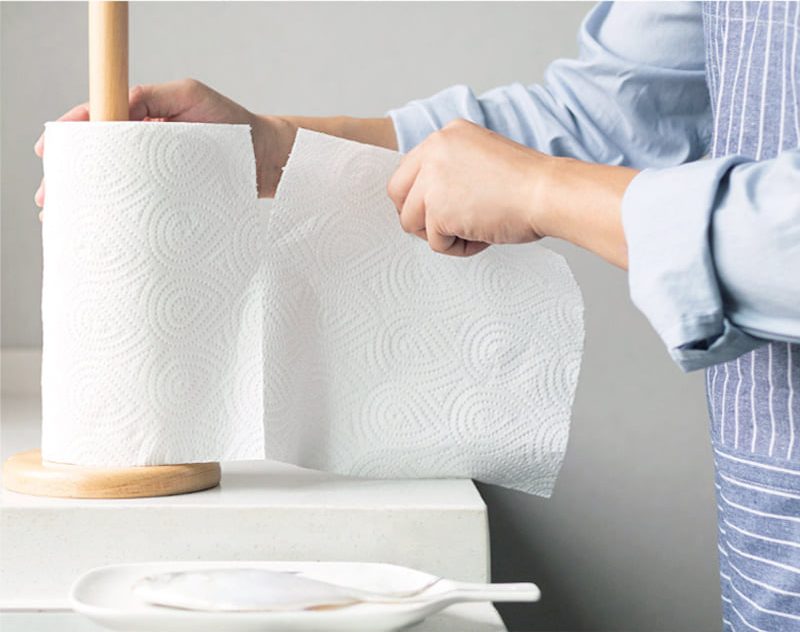
2.2 Usage Habits
2.2.1 Diverse Usage Scenarios
- Household Use: In countries like the USA, tissue products are multifunctional. They are used for everything from wiping kitchen surfaces to cleaning hands after meals, often with different tissues for different purposes. Families may use softer tissues for facial care, while tougher, more absorbent ones are favored for kitchen use.
- Travel Needs: In bustling cities like Seoul or London, compact, portable tissue packs are essential for commuters. People frequently use tissues while riding the subway or for a quick clean-up at work or during travel. Durability is critical, as it ensures the tissue doesn’t fall apart easily when exposed to moisture or pressure.
- Office Use: Corporate environments in major business hubs such as Singapore or Frankfurt demand hygienic, professionally packaged tissues that fit well into corporate settings. Employees often use them in meeting rooms, receptions, or individual desks, emphasizing a need for packaging that complements the workplace’s aesthetic.
2.2.2 Consumer Preferences and Habits
- Brand Loyalty: Consumers in markets like Japan or Germany often exhibit strong brand loyalty, sticking to well-established brands that they trust for quality and safety. Companies like P&G, with brands like Charmin, invest heavily in reinforcing this loyalty through continuous product innovation and robust marketing campaigns.
- Functional Needs: With growing health consciousness, consumers in developed markets such as Australia and Canada are increasingly seeking tissues with added features like antibacterial properties or those free from fluorescent agents. For example, hypoallergenic tissues are sought after by people with sensitive skin, providing both comfort and health benefits.
- Price Sensitivity: In emerging markets like India or Africa, price sensitivity is a major factor. Low-cost, good-quality options often take precedence, with consumers willing to sacrifice certain luxuries like softness if the tissue offers good value in bulk. Flexible pricing tiers, such as economy, mid-range, and premium, can cater to different economic groups.
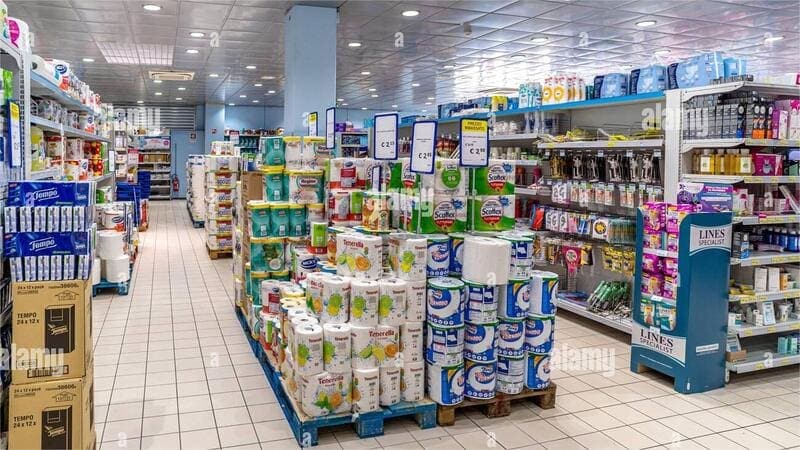
3. Competitor Market Research
3.1 Competitor Analysis
Take a deep dive into how your competitors are performing in the market.
- Example: Compare the marketing tactics of premium brands like Kleenex, which emphasize quality and comfort, versus value-based brands in developing countries, which focus on affordability. Review the distribution strategies of competitors who may focus on e-commerce (like Amazon’s own tissue brand) versus those in brick-and-mortar retail.
3.2 SWOT Analysis
SWOT analysis helps you assess your internal strengths and weaknesses, along with external opportunities and threats.
- Example Strengths: Your brand might have a strong eco-friendly angle, appealing to markets like Scandinavia, where sustainability is key.
- Example Weaknesses: Lack of brand awareness in international markets might hinder growth.
- Opportunities: The growing demand for premium, sustainable products in both developed and developing markets.
- Threats: Increasing competition from both established global players and local startups offering cheaper alternatives.
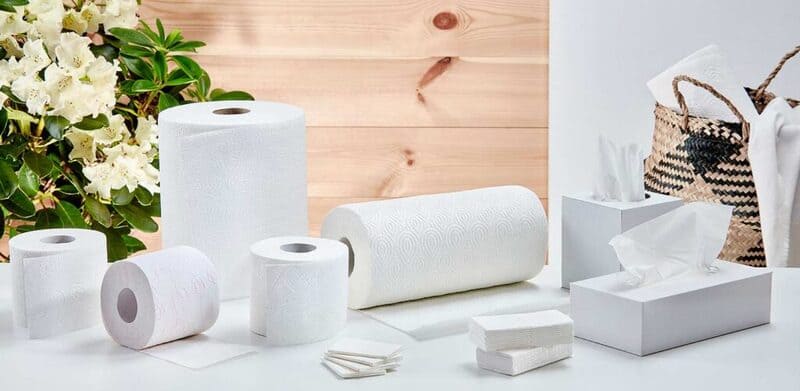
4. Sales Channels and Preferences
4.1 Sales Channel Analysis
Different markets might prefer different channels.
- Supermarkets and Convenience Stores: In countries like the USA or France, supermarkets and convenience stores dominate tissue sales. Consumers here appreciate the ability to physically check product softness and packaging before purchase.
- E-commerce Platforms: In countries like China or the UK, e-commerce platforms like Alibaba or Amazon are becoming dominant sales channels for tissues, with consumers opting for the convenience of home delivery, especially in bulk purchases.
4.2 Consumer Purchasing Preferences
Analyze consumer buying patterns across channels.
- Example: Young professionals in the Middle East might prefer purchasing tissues online for convenience, especially if they live in large metropolitan cities where online delivery services are efficient. On the other hand, older populations in rural parts of Africa might prefer purchasing from local stores where they can physically inspect the products.
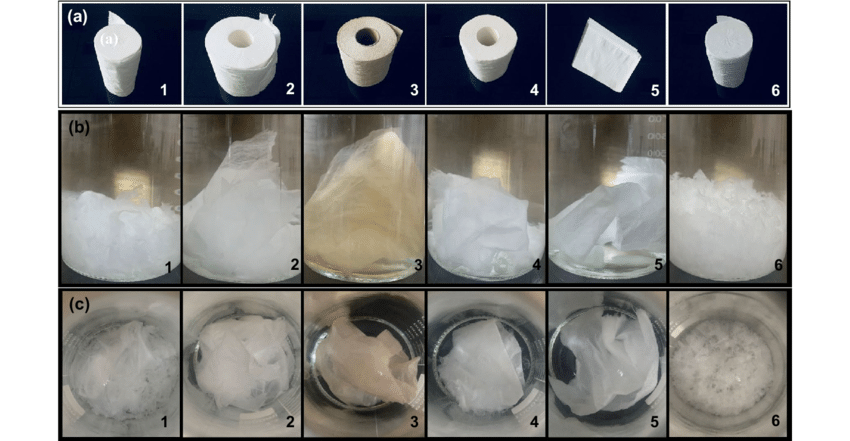
5. Environmental and Material Trends
5.1 Growing Environmental Awareness
In markets like Northern Europe, environmental consciousness is rising rapidly.
- Example: A brand that offers bamboo-based or recycled tissue products might outperform competitors because of its appeal to environmentally-conscious consumers. Marketing products with eco-labels and certifications (like FSC) will attract these buyers.
5.2 Material Trend Analysis
As more people seek out sustainable alternatives, materials like bamboo pulp and recycled paper are gaining traction.
- Example: In eco-conscious markets like Canada or Australia, tissues made from fast-growing bamboo pulp are promoted as being both soft and sustainable. Highlighting the reduced carbon footprint of such materials can strengthen market positioning.
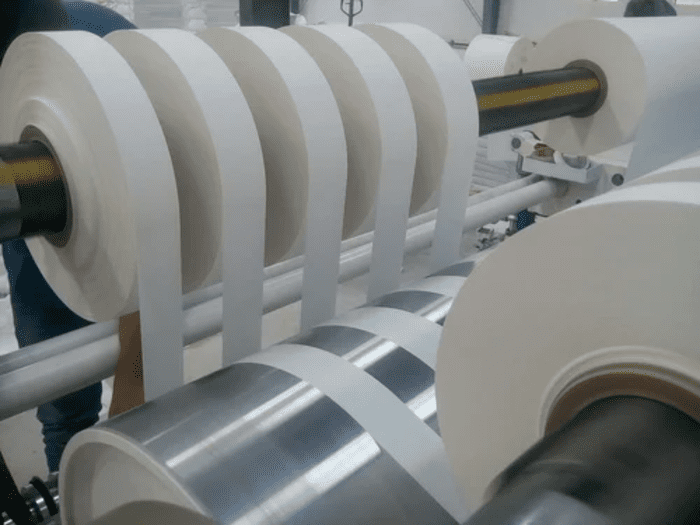
6. Establishing Production Processes
6.1 Selecting Production Processes
Your production process should balance market demands, cost efficiency, and environmental requirements.
- Example: For high-demand markets like Brazil, it may be cost-effective to use large-scale automated production lines that ensure consistent quality. In contrast, for niche markets that value sustainability (e.g., New Zealand), processes that prioritize eco-friendly materials and energy-efficient production might be more suitable.
6.2 Quality Control
Implement rigorous quality control to meet both local and international standards.
- Example: Conduct raw material checks for impurities, ensure the manufacturing environment is sterile to meet health standards, and continuously monitor the finished product’s durability, texture, and moisture retention. This is especially important for premium tissue products marketed in the EU or the USA.
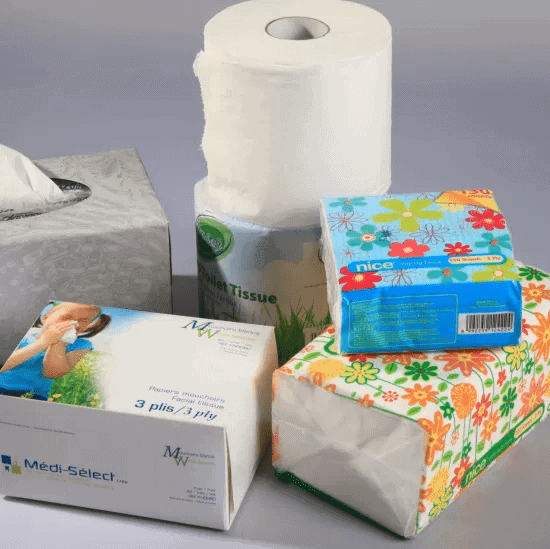
7. Packaging and Labeling Standards
7.1 Packaging Design
Eye-catching packaging can significantly boost sales, especially in competitive markets.
- Example: For upscale markets, consider using minimalist, high-quality packaging that emphasizes the softness or sustainability of the product. In contrast, family-oriented packaging in countries like India might focus on value (e.g., bulk packages with bold labeling indicating savings).
7.2 Labeling Standards
Clear, legally compliant labeling is essential to ensure consumer trust and meet regulatory standards.
- Example: Labels should be easy to read, include all relevant information such as material composition, and meet local laws. In Europe, the inclusion of environmental impact symbols (such as recycling symbols or FSC certification) can influence environmentally-conscious consumers.
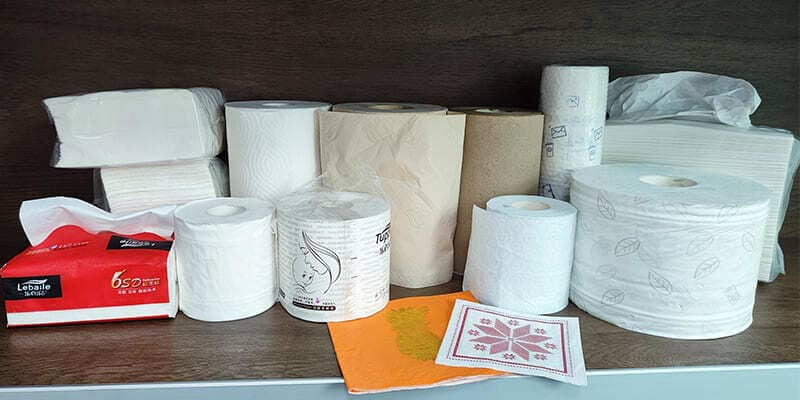
Conclusion:
By expanding on each aspect and including real-life examples, companies can better navigate consumer market research and production planning. Implementing these detailed strategies not only helps meet local market demands but also ensures a competitive edge by aligning product offerings with sustainability, affordability, and convenience—all of which are key in today’s tissue market.

